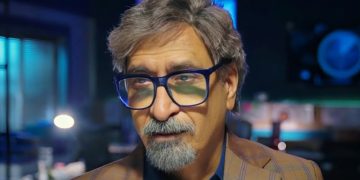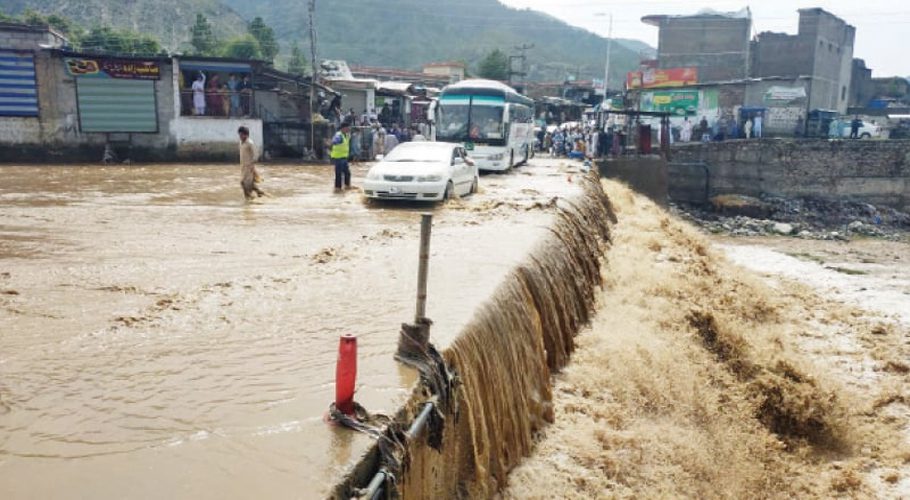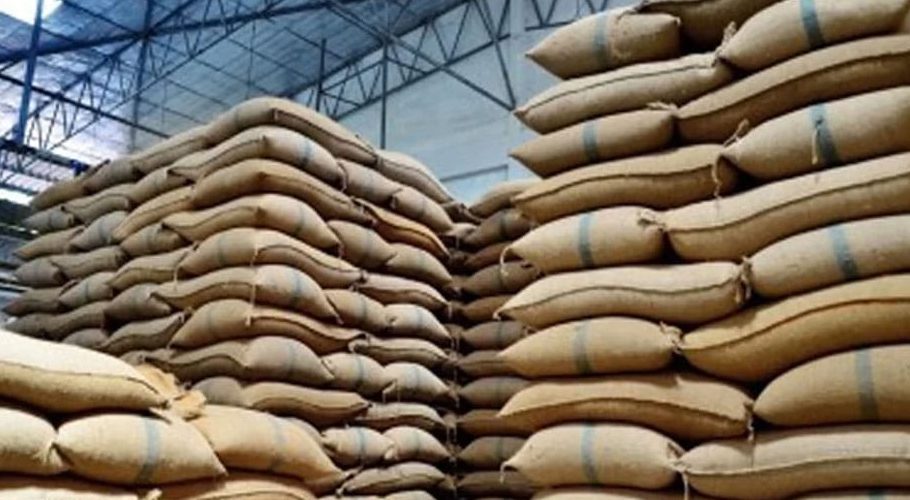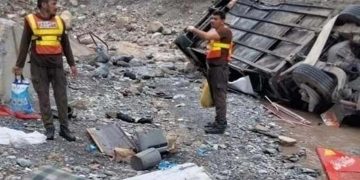Director General Inter-Services Public Relations (DG ISPR), Lieutenant General Ahmed Sharif Chaudhry, on Sunday delivered a major press briefing alongside senior military officials, detailing the objectives and outcomes of Operation Bunyan Al Marsoos, launched in response to Indian military provocations. He asserted that Pakistan’s sovereignty will always be defended with “comprehensive, retributive, and decisive” force.
Flanked by Air Vice Marshal Aurangzeb Ahmed of the Pakistan Air Force and Vice Admiral Raja Rab Nawaz, Deputy Chief of Naval Staff (Operations), the DG ISPR outlined the military’s coordinated action across all domains — land, air, sea, and cyber — stating that Pakistan’s response was deliberate, precise, and restrained, aimed strictly at military targets.
Key Highlights from the Briefing:
1. Massive Military Strike Across Indian Targets
Pakistan engaged 26 military targets across Indian Illegally Occupied Jammu and Kashmir and mainland India, including key Indian Air Force bases at Suratgarh, Sirsa, Adampur, Bhuj, Nalia, Bathinda, Ambala, Avantipura, and Srinagar.
BrahMos missile facilities and S-400 systems at Adampur and Bhuj were also destroyed.
Other targets included Indian military logistics hubs, command headquarters, and artillery positions that were linked to recent provocations and civilian deaths in Pakistan.
2. No Civilian Casualties – Ethical Warfare
Lt Gen Chaudhry emphasized that Pakistan did not target any civilian infrastructure or population, upholding Islamic principles and military ethics.
He stated: “Even from Indian statements, did you find that Pakistan attacked anything other than military targets? No.”
3. India, Not Pakistan, Requested a Ceasefire
“Let me put it on record: Pakistan never requested a ceasefire,” DG ISPR firmly stated.
He revealed that India approached Pakistan for de-escalation on the night of May 6 and 7, shortly after launching its attacks.
“Pakistan responded only after delivering the necessary response on May 10. The Indians had already requested a ceasefire, and it was after our military response and on the intervention of international interlocutors that we responded to their request,” he added.
This directly contradicts claims in Indian media suggesting that Pakistan sought de-escalation first.
4. Advanced Weaponry and Cyber Capabilities
The operation showcased Pakistan’s growing multi-domain warfare capabilities, using Fateh-series F-1 and F-2 long-range missiles
High-end loitering munitions
Cyber offensives that temporarily disrupted Indian military systems
Pakistani drones hovered over major Indian cities, including New Delhi, as a show of technological reach and deterrence.
5. Indian Drones and Proxy Attacks
DG ISPR stated that India used drones to target civilians in Pakistan, but 84 hostile drones were intercepted and destroyed by Pakistan’s air defense systems.
Simultaneously, there was a sharp rise in Indian-sponsored terrorist activity in Khyber Pakhtunkhwa and Balochistan, which was countered effectively by ongoing military operations in the western region.
6. Tri-Forces Coordination and Escalation Control
The Pakistan Armed Forces operated with full inter-service integration, maintaining a high operational tempo on both eastern and western fronts.
Air Vice Marshal Aurangzeb Ahmed said this was the largest coordinated PAF operation since 1971, including the grounding of Indian Rafale jets and the disabling of drone systems.
Vice Admiral Raja Rab Nawaz confirmed that Indian aircraft carrier INS Vikrant turned away after nearing Pakistan’s waters, deterred by Pakistan Navy’s preparedness.
7. Pakistan’s Message: Mature, Controlled, and Capable
Lt Gen Chaudhry highlighted Pakistan’s commitment to avoiding full-scale war, warning:
“In a conflict between two rival nuclear powers, war is sheer stupidity and can lead to mutual annihilation.”
Despite India’s provocations, Pakistan ensured escalation was contained through conventional military means, avoiding nuclear brinkmanship.
8. National Support and Media Resilience
DG ISPR thanked the Pakistani nation, the political leadership across all parties, and especially the youth and media, for their unity and resilience.
He noted that public support acted as a force multiplier, helping counter the Indian media’s information warfare.
9. No Indian Pilot in Custody
Responding to social media rumors, DG ISPR clarified: “Pakistan has no Indian pilot in custody. This is fake news and part of a broader propaganda campaign.”





































